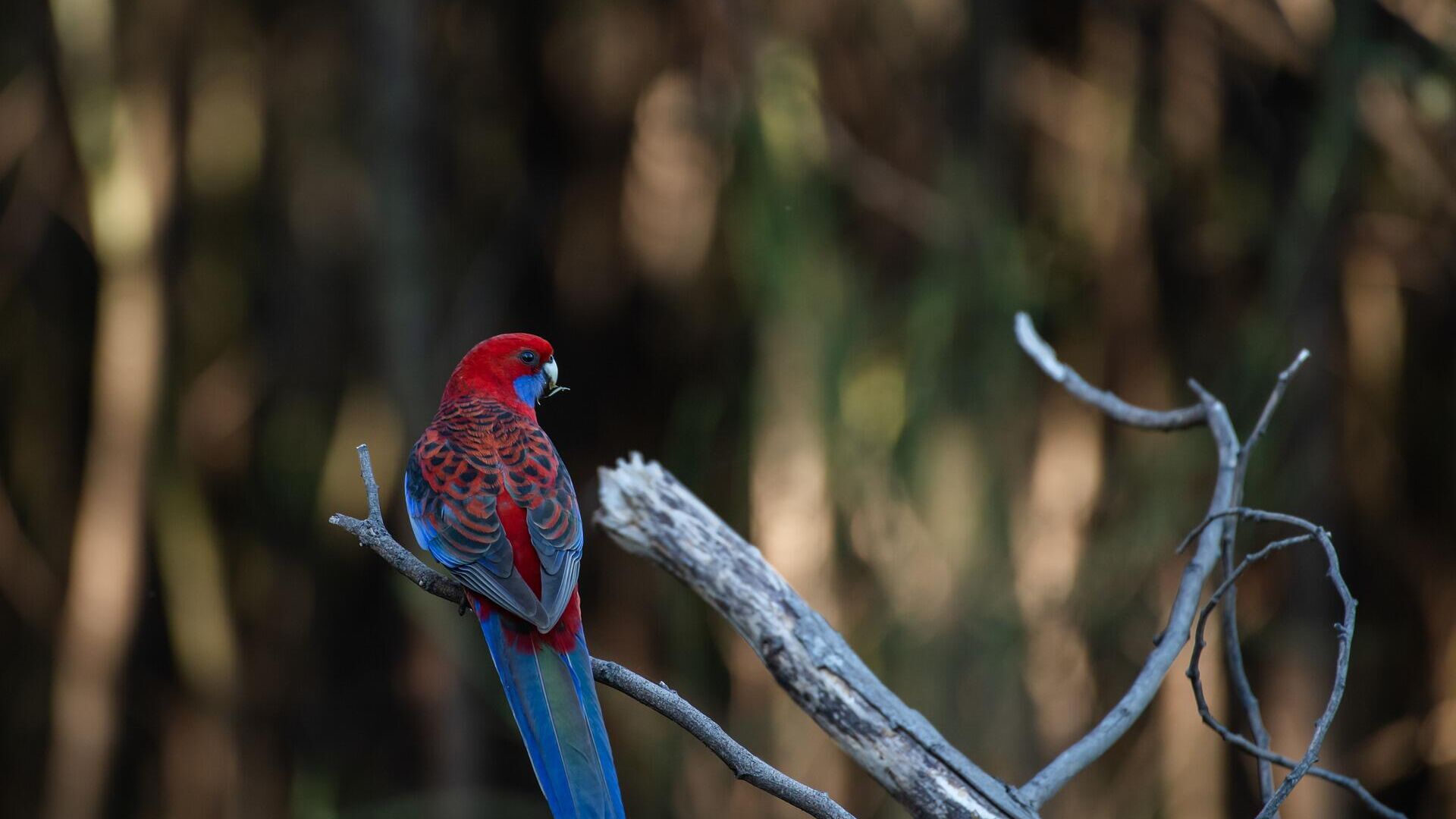https://sputnikglobe.com/20210907/much-bigger-bills-some-animals-are-drastically-evolving-due-to-climate-change-study-shows-1088863915.html
Much Bigger Bills: Some Animals Are Drastically Evolving Due to Climate Change, Study Shows
Much Bigger Bills: Some Animals Are Drastically Evolving Due to Climate Change, Study Shows
Sputnik International
Much Bigger Bills: Some Animals Drastically Evolved Due to Climate Change, Study Shows
2021-09-07T23:06+0000
2021-09-07T23:06+0000
2021-09-07T23:06+0000
scientific study
climate change
australia
evolution
parrot
global warming
https://cdn1.img.sputnikglobe.com/img/07e5/09/07/1088863753_0:102:1921:1182_1920x0_80_0_0_7a95ba0155d45210a9bd0d494adda81b.jpg
While climate change gathers pace over our planet, some small warm-blooded animal species appear to have acquired some evolutionary physical modifications to adopt to warmer weather, according to research published in the Trends in Ecology & Evolution journal.The study, carried out by specialists from Australia's Deakin University, showed that changes in sizes and form are believed to help regulate body temperature. The evolution has mostly affected birds, especially some species of Australian parrots, whose beaks have increased in size by up to 10 percent since 1871.Less visible changes were observed in some mammals, including Chinese bats, swine and rabbits, whose tails, ears and legs have grown slightly larger over the past decades.Researchers note that the exact reasons for the evolutionary changes cannot yet be determined precisely, but global warming as a result of human-induced climate change is considered to be the most likely primary driving force.Experts noted that the phenomena could not be seen as negative, but this evolution, seen in such short periods, may not secure those species long-term survival.To learn more about the ongoing evolutionary changes, researchers plan to carry out more precise calculations by using 3D scans Australian birds based on museum specimens collected over the last hundred years.
australia
Sputnik International
feedback@sputniknews.com
+74956456601
MIA „Rosiya Segodnya“
2021
News
en_EN
Sputnik International
feedback@sputniknews.com
+74956456601
MIA „Rosiya Segodnya“
Sputnik International
feedback@sputniknews.com
+74956456601
MIA „Rosiya Segodnya“
breaks, climate change, australian parrot, animal evolution
breaks, climate change, australian parrot, animal evolution
Much Bigger Bills: Some Animals Are Drastically Evolving Due to Climate Change, Study Shows
The discovery was based on 'Allen’s rule', stating that animals in colder areas have a more compact body to help retain heat, while closely-related species in warmer climates tend to become larger.
While climate change gathers pace over our planet, some small warm-blooded animal species appear to have acquired some evolutionary physical modifications to adopt to warmer weather, according to research
published in the Trends in Ecology & Evolution journal.
The study, carried out by specialists from Australia's Deakin University, showed that changes in sizes and form are believed to help regulate body temperature. The evolution has mostly affected birds, especially some species of Australian parrots, whose beaks have increased in size by up to 10 percent since 1871.
Less visible changes were observed in some mammals, including Chinese bats, swine and rabbits, whose tails, ears and legs have grown slightly larger over the past decades.
“It's high time we recognised that animals also have to adapt to these changes, but this is occurring over a far shorter timescale than would have occurred through most of evolutionary time,” according to study co-author Sara Ryding.
Researchers note that the exact reasons for the evolutionary changes cannot yet be determined precisely, but
global warming as a result of human-induced climate change is considered to be the most likely primary driving force.
Experts noted that the phenomena could not be seen as negative, but this evolution, seen in such short periods,
may not secure those species long-term survival.
“Shapeshifting does not mean that animals are coping with climate change and that all is ‘fine’,” Ryding warned. “While some species will adapt, others will not.”
To learn more about the ongoing evolutionary changes, researchers plan to carry out more precise calculations by using 3D scans Australian birds based on museum specimens collected over the last hundred years.



